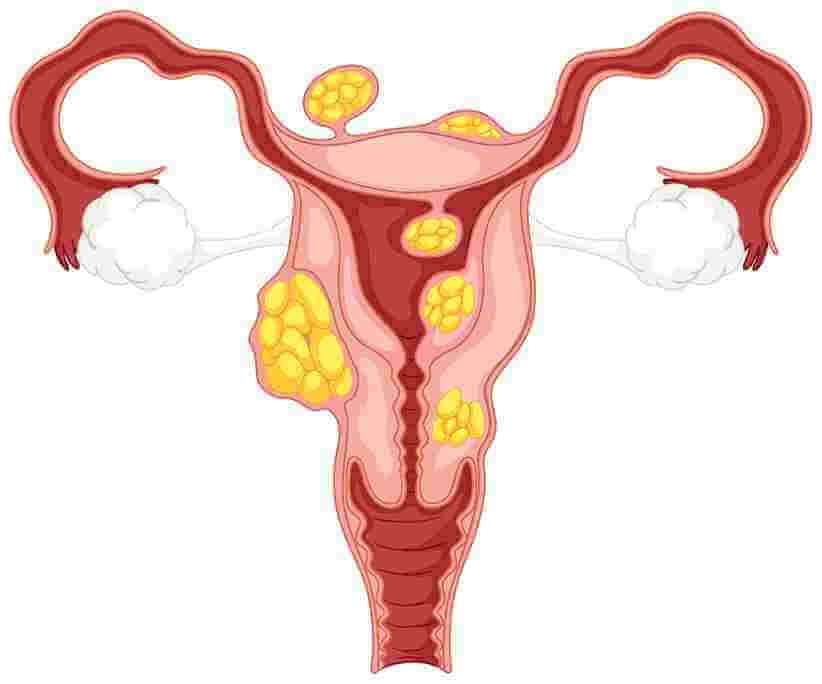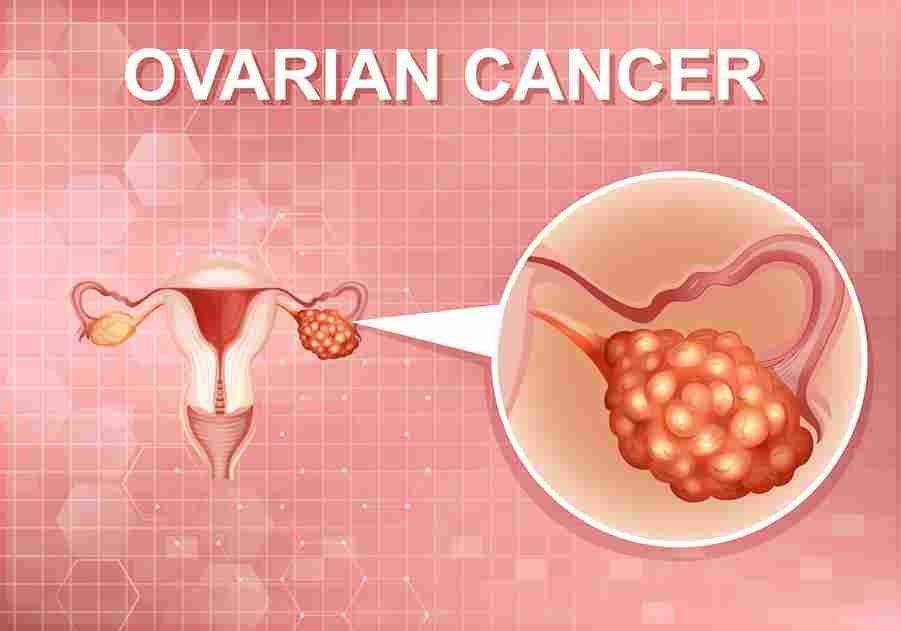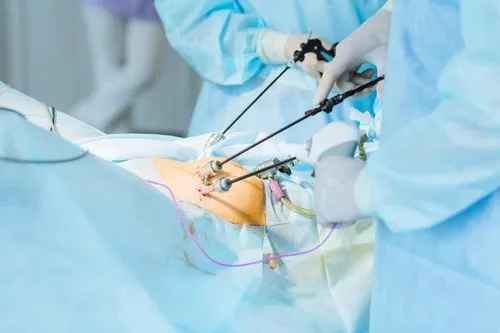
What is Laparoscopic Hysterectomy: Purpose, Procedure and Benefits
Laparoscopic hysterectomy is a minimally invasive procedure that offers numerous benefits over traditional open surgery. Let’s learn about this advanced surgical option’s purpose, benefits, and potential complications.
A hysterectomy is a medical intervention in which the uterus and the cervix are removed. It is a major surgery for any woman; therefore, doctors usually recommend it when all other treatments don’t work or if there is a medical emergency. Surgeons use different ways to perform this procedure, and laparoscopic hysterectomy is one of them.
Laparoscopic hysterectomy is a surgical procedure that involves the removal of the uterus using minimally invasive techniques. This procedure is done via one or more small incisions in the lower abdomen. Surgeons insert a laparoscope through these incisions to view the operative part and surrounding organs. It’s important to note that a hysterectomy is performed only when the woman no longer wishes to have children or if other treatments have not worked in her favour.
When Is a Laparoscopic Hysterectomy Performed?
Following are some of the conditions that may require laparoscopic hysterectomy surgery.
- Uterine fibroids
A laparoscopy hysterectomy is required if a person has large or multiple fibroids in the uterus that lead to pelvic pain and heavy or painful periods.

- Endometriosis
It is a condition in which endometrial tissue grows outside the uterus and can cause pain and inflammation. During this surgery, the areas of the endometrial tissue causing pain are removed.
- Pelvic Organ Prolapse
When the pelvic organs, including the uterus, descend or protrude into the vaginal canal, causing discomfort or complications, a laparoscopic hysterectomy may be suggested.
- Gynecologic Cancer
Laparoscopic hysterectomy may be performed as part of the treatment for certain gynecologic cancers, such as early-stage endometrial or cervical cancer.

How Is It Performed?
Laparoscopic surgery is also called keyhole or minimally invasive surgery. In laparoscopic hysterectomy, your doctor will use a thin tube-like instrument known as a laparoscope with a telescope and a tiny video camera attached at the end to view the tissues and organs in the abdomen.
In this surgical procedure, your gynaecologist can easily view the inner parts of the body on a computer screen. After that, an instrument gets inserted through small incisions in the lower abdomen or vagina to remove the womb, cervix, or any other part of the reproductive system. The whole procedure is carried out under general anaesthesia.

Benefits of Laparoscopic Hysterectomy
Laparoscopy hysterectomy offers many advantages in comparison to the traditional approach, such as:
- Shorter hospital stay
- Little to no blood loss
- Fewer complications
- Less pain
- Faster recovery process
- Minimal scarring
CONCLUSION
Laparoscopic hysterectomy is a valuable surgical procedure that provides an alternative to traditional open surgery, resulting in shorter recovery time, reduced post-operative pain, smaller incisions, and fewer complications.
Laparoscopic hysterectomy is commonly performed to address conditions such as uterine fibroids, endometriosis, pelvic organ prolapse, and certain cancers. By undergoing this procedure, women can experience improved quality of life and relief from symptoms. As always, it is crucial to consult with a gynaecologist to determine the most appropriate treatment option based on individual circumstances.